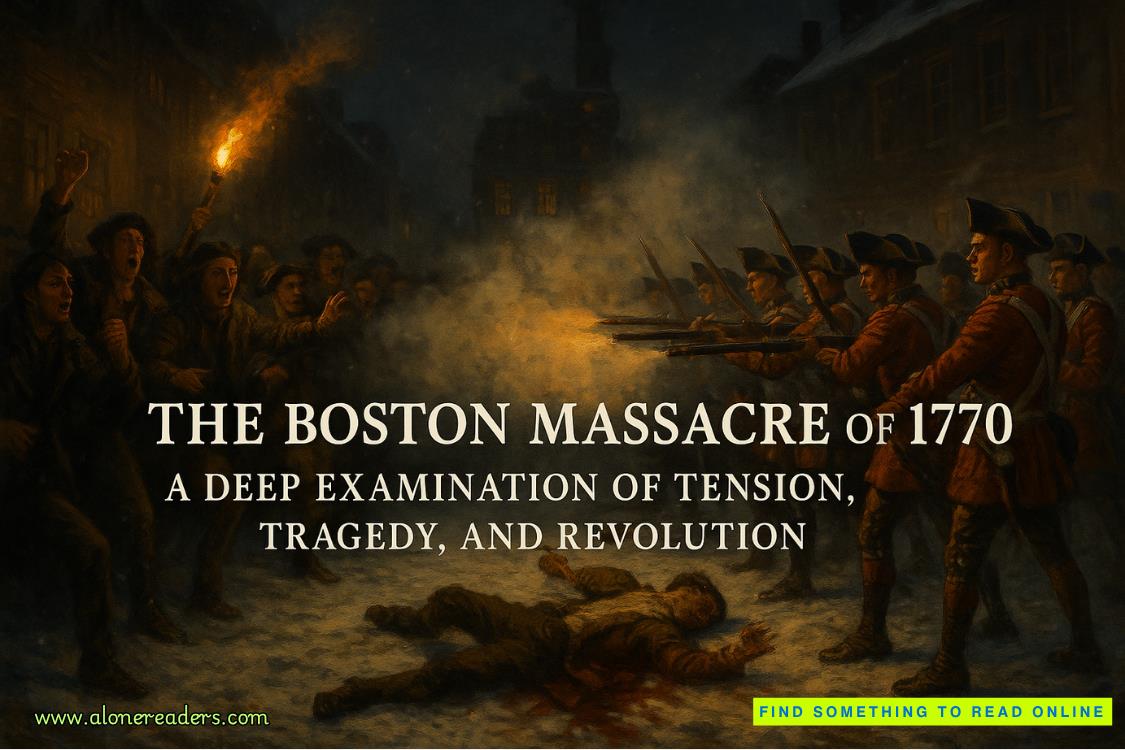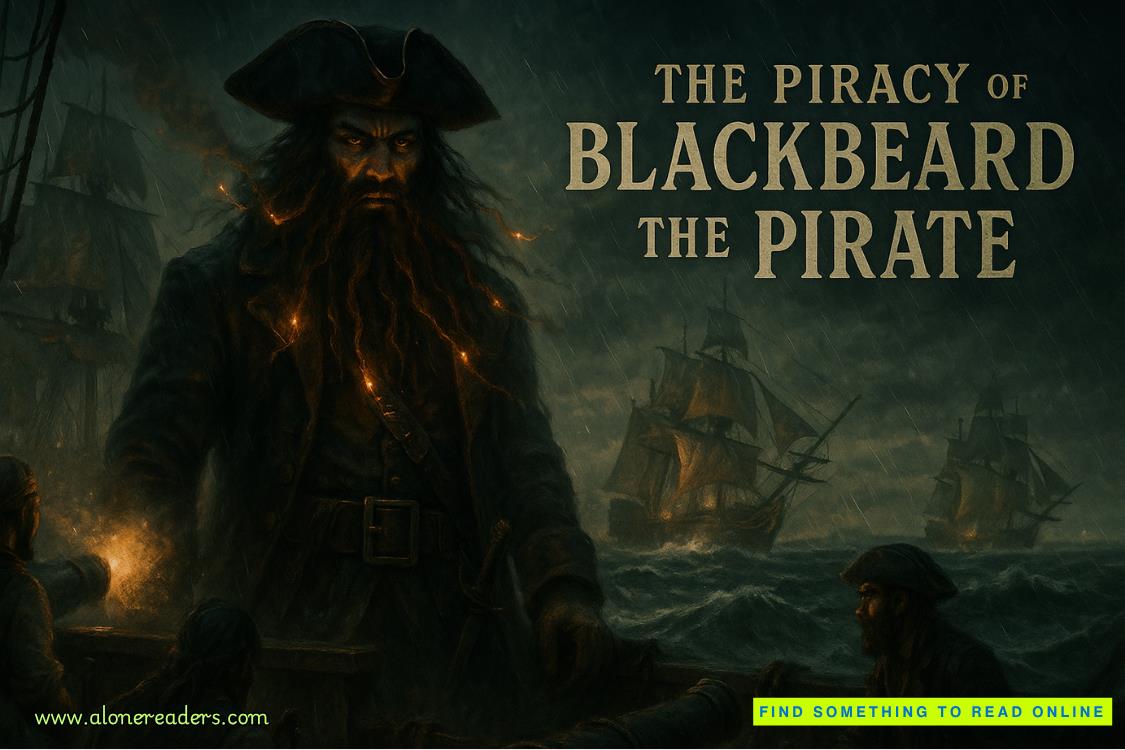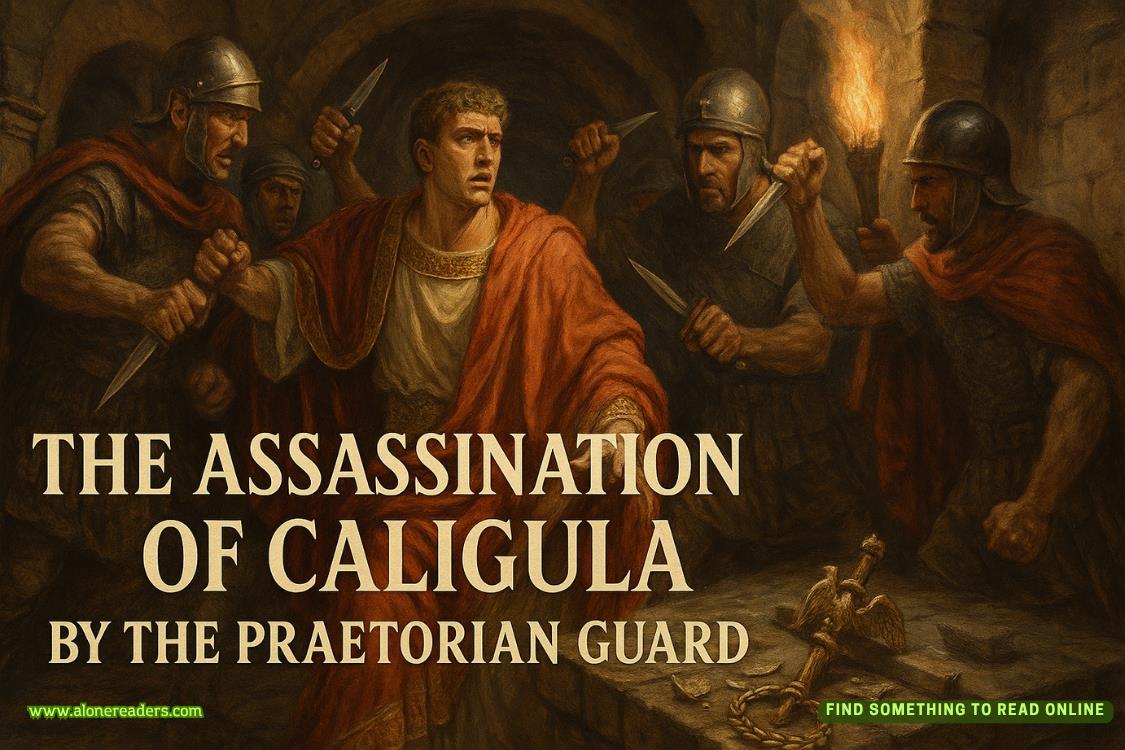Page 37 of Picture This
‘So what do you think of the original Klimt painting?’ she asked.
‘It’s kind of scary – like this big ape here: he looks frightened, like if he’s a real player, he don’t know what to do with his women. This one at the top left-hand corner, reaching over the others – she look like death itself, coming to get him. And the other dark-haired women around her, they hungry. But all of them are beautiful – except this woman, who’s me in this painting. This woman, she’s white, covered in jewels and fat. She ain’t starving, she ain’t beautiful, she just looking on like a queen.’
‘The painting is by a 19th-century Austrian artist called Gustav Klimt. He was mainly known for his ornamental, sensual depictions of women, so this painting is unusual for him. It’s part of a bigger painting called Beethoven Frieze, referencing Beethoven’s work and German mythology. I find it disturbing in a way I like – it makes a great basis for my own interpretation.’
‘And that’s another thing I don’t understand: how can this be art? You’re making a painting that’s already being made, and you ain’t even the original painter?’
‘Because my reworking of the original image is an ironic postmodern take – this makes it mine. I’m merely referencing it, not reproducing it. There is no such thing as originality anyhow. Everything we see in art is referencing something else – some 19th-century art references works from the century before, or classical works.’
‘Just because I ain’t gone to college doesn’t mean I don’t have an eye.’
‘Absolutely. But art appreciation has gone way beyond the viewer’s immediate visual experience. It has a whole vocabulary now.’
‘Yeah, for rich people who can afford the dictionary,’ Latisha retorted, more aggressively than she had intended.
Surprised at her directness, Susie studied her. ‘Have we met before?’
‘I don’t think so, Miss Thomas. And I apologise for snapping. I get frustrated by things I don’t understand right away. You famous, right?’
‘I guess so.’
‘You are. I found you in the New York Public Library, so you must be,’ Latisha continued, playing as naive as she could while watching every reaction in the artist’s face. ‘It’s hard for a lot of artists to get galleries, to make a real living. How’s it feel to be as famous as you? I mean, you can wake up tomorrow and make anything you like – and I mean anything – knowing it’s gonna sell for thousands of dollars.’
The rest of the studio had fallen quiet. Susie realised everyone was listening in on the conversation.
Concerned, Alfie appeared by her side. ‘Is there a problem here, Susie?’
‘No, no problem, Laura has some interesting questions, that’s all.’ She turned back to Latisha. ‘How does it feel? It feels like it could be taken away from me at any given moment. All of it. Just like that. I feel like a fraud.’
It was the first time she’d admitted such a thing out loud, but it was one of those confessions one could only make to a stranger. Around her she could feel the others reacting, as if the whole room had inhaled sharply. But the massive semi-naked black woman simply gave a half-smile. It was the only time Susie could see she might be beautiful.
‘That’s because you an outsider, like me,’ she told Susie. ‘And you know what? Outsiders are survivors ’cause they start with no expectation, only the expectation they are going to have to fight every inch. They are born with a hunger. It’s the insiders – them highborn types, who expect success and recognition to tumble into their lap – that have no hunger. And when they fail, they fall. Sometimes the shock kills them.’
It was the summary of that old argument Susie used to always have with Maxine: how coming f
rom nothing gave one the drive that the privileged never experienced. How did this complete stranger know that?
‘Who are you?’ Susie found herself asking.
Latisha paused, fighting the temptation to tell Susie the truth, but Maxine’s voice was whispering at the back of her head, telling her to wait, play her hand first.
‘Laura Johnson. It says so on that form your assistant is holding.’ She pointed to the clipboard in Alfie’s hand. ‘Laura Johnson, 64 years old, from Brooklyn. I’m nobody,’ she lied.
*
It was only later, when Susie was locking up the studio, that she came across the envelope addressed to her. It had been slipped into the bag she kept all her idea and sketchbooks in. A plain white envelope with her first name scrawled in large, loopy handwriting on the front. Inside there was no note, only a wad of ten yellowing blank sheets of paper. As an artist she was surrounded by notebooks, pads, sheets, swatches, papers and fabrics of every description. So why did these seem so familiar?
Chapter Fifteen
Met Gala, Costume Institute
The entrance to the Met was roped off and the red carpet had been rolled along the pavement and down to the section where the limos were expected to pull up. A bank of expectant photographers was visible behind a long hedge that had been put into place for the occasion, and pushed up against the velvet ropes was a crowd of eager fans, wide-eyed and flushed with excitement.
Susie, who had an ambivalent attitude toward such events, hobbled down the red carpet – which seemed, at that moment, endless. Dressed in a gown that had been selected from the top fashion graduates from Central Saint Martins in London through a competition Baum Galleries had run for the occasion (more promotion), Susie resembled the ancient British queen Boudicca herself crossed with a punk goddess. The dress, made of red, white and blue net, had a skintight sheath of royal-blue satin as the undergarment. It had taken eight hours to prepare and Baum Galleries had flown in both the designer and a stylist from London to dress and style the artist. Blue tattoos, an homage to the woad dye Celtic warriors painted themselves with before battle against the Romans, spiralled up one arm, along the left side of her neck and left cheek. Her hair was swept up into a high chignon that was structured around a stuffed raven (crouching, beak open in attack) perched atop her head. Already a little drunk from the considerable amount of champagne she’d consumed during the fitting, and buzzing from a couple of lines of cocaine Felix had pressed upon her (and the fact that she’d fasted to fit into the skintight dress), she felt invincible. It doesn’t get much better than this, she thought to herself, feeling curiously detached from the persona that was tottering along the red carpet in eight-inch Union Jack-patterned platform shoes. The part of her that was untouched by the cocaine was nervous, and felt, frankly, fraudulent, as if her talent and reputation as an artist did not justify being lauded in a gathering of such stellar celebrities, some of whom had peppered her adolescence as untouchable demigods seen only on posters and screen. It was still extraordinary to her that she was now considered to be in the same league, and she was thankful to be in this glorified fancy dress and able to hide behind a role. The ball was, after all, entitled ‘AngloMania: Tradition and Transgression in British Fashion’ – and there wasn’t anyone more transgressive than Susie Thomas in the arts, except perhaps Banksy.
I am Boudicca, so fuck you, John Galliano… and Sarah Jessica Parker and, shit, was that Scarlett Johannson? The internal monologue ran on as each celebrity floated down the red carpet in a blaze of camera flashes and shouting. When her turn came to step in front of the bank of paparazzi, she clutched the arm of her allotted escort for the night – an A-list film star on the wane, hoping to capitalise on her notoriety – and followed his cue. A handsome over-buffed man in his early forties, hands shaking from the amphetamines he’d consumed in preparation, the star posed with professional panache.
‘Fucking animals,’ he murmured softly to Susie, as he adopted a megawatt smile with the ease of a performing monkey. ‘Carrion-eaters to whom we, the famous, are forever indebted. You look absolutely amazing, my dear, and if that doesn’t get us plastered all over MySpace, nothing will. Say cheese for the apes,’ he instructed, turning so that the photographers could get his most flattering angles. Then, after modelling with Susie by his side, his hand slipped around her waist (as directed by Baum’s publicist, Martha Keller, who was determined to fan all rumours) and he guided her onwards and upwards towards the entrance of the museum.















